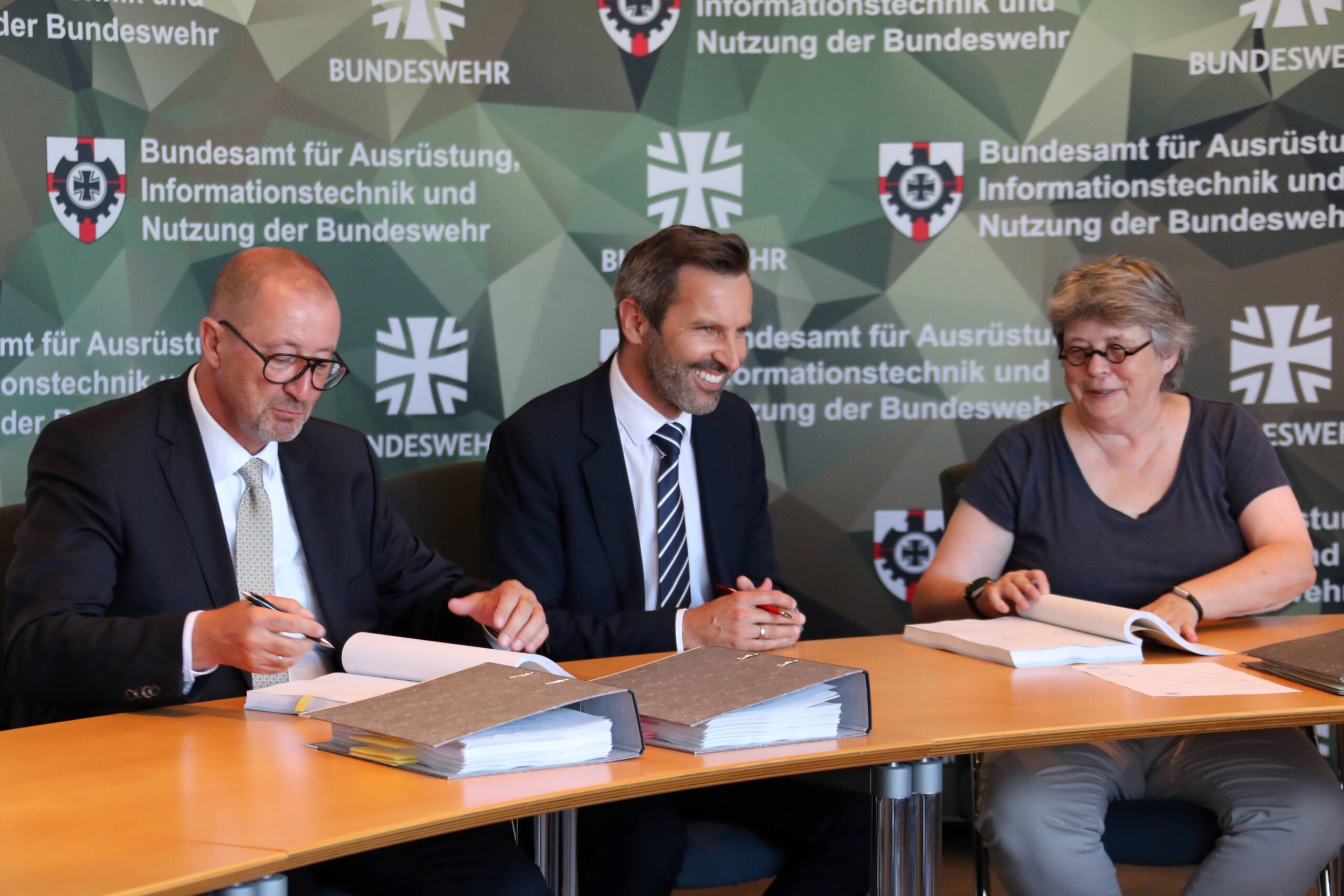E2S Warning Signals, one of the world’s leading independent manufacturers of high-performance audible and visual signals for commercial, industrial, marine, onshore and offshore hazardous locations, has published an educational guide that seeks to ‘de-mystify’ the dB (decibel), one of the most common units in engineering, yet also one of the most confusing. The guide can be found at www.e2s.com/soundbasics.
The main difficulty in comprehending dB measurements is that it is a log-linear scale, which, while it is very useful in representing very large differences in a more user-friendly scale, also compresses the scale. Sound is defined as any pressure variation that can be heard by the human ear. The Threshold of Hearing is defined as 0 dB; the threshold of pain is around 130 dB, a scale that can be readily understood. However, as the power difference between the two levels is 1013 : 1, or, to spell it out in full, 10,000,000,000,000 or ten million million to one, expressing it in these terms suddenly gives a much better idea of the change.
The guide sets sounder output levels in context with some everyday examples. For example, the A151 disaster warning sounder is rated at 150 dB, the same as a jet engine at 1m. It also discusses the effect of frequency on perceived loudness and includes some rules of thumb for system designers who are specifying the output and location of warning sounders to provide the desired sound levels as part of a warning system.








